Overview
A ways back, I acquired a Power Glove after winning an auction for a lot of NES controllers and accessories. The Glove sat in storage for some time while classes kept me occupied. Eventually I discovered the 20th Anniversary Edition Power Glove created by Matt Mechtley and Dillon Markey's Power Glove modification that boosted his stop motion productivity. With these two projects in mind, I dug out my Glove and got to work thinking of ways to help bring the glove out of obscurity. Following in the footsteps of the 20th Anniversary Glove, I decided to imbue the Glove with a modern IMU and Wi-Fi, bringing it into the world of IoT.
Here's What's Gonna Happen
The keypad, status LED and awesome retro form will be preserved, but under the hood, brand new custom boards, one featuring a microcontroller, LiPo charger and WiFi, the other an IMU and new flex sensors, will be designed and installed.
Here's What's Happened So Far
The first versions of the board have been manufactured and used to produce the AR Drone demo seen at Maker Faire 2016. An article written by Mike Szczys further details the usage of the Power Glove UHID as a gesture controller in said demo. A new Power Glove was picked up on eBay to house the components (don't worry, all original electronics were preserved!). Full details of the journey thus far can be found in the project logs.
 Nolan Moore
Nolan Moore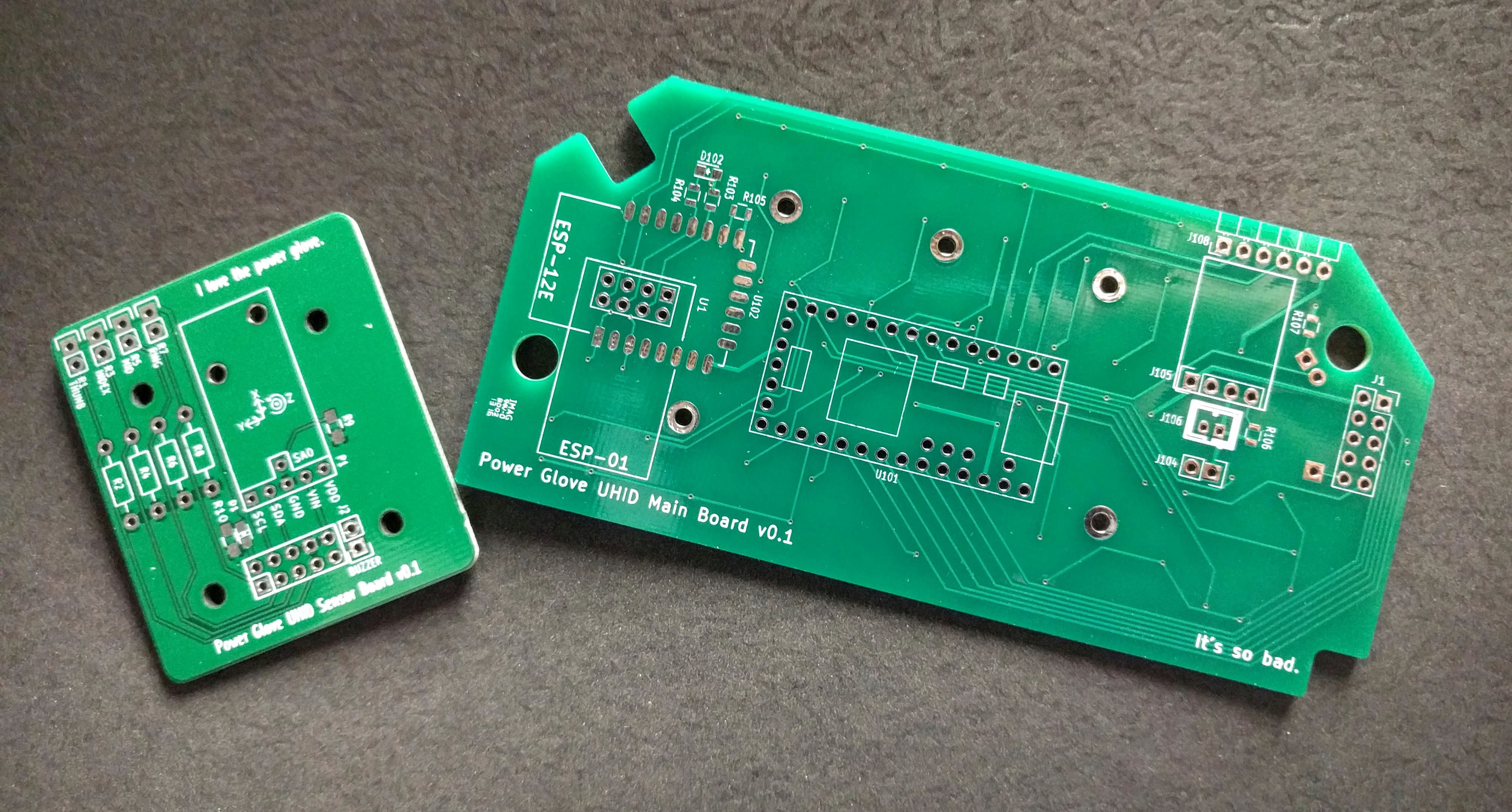
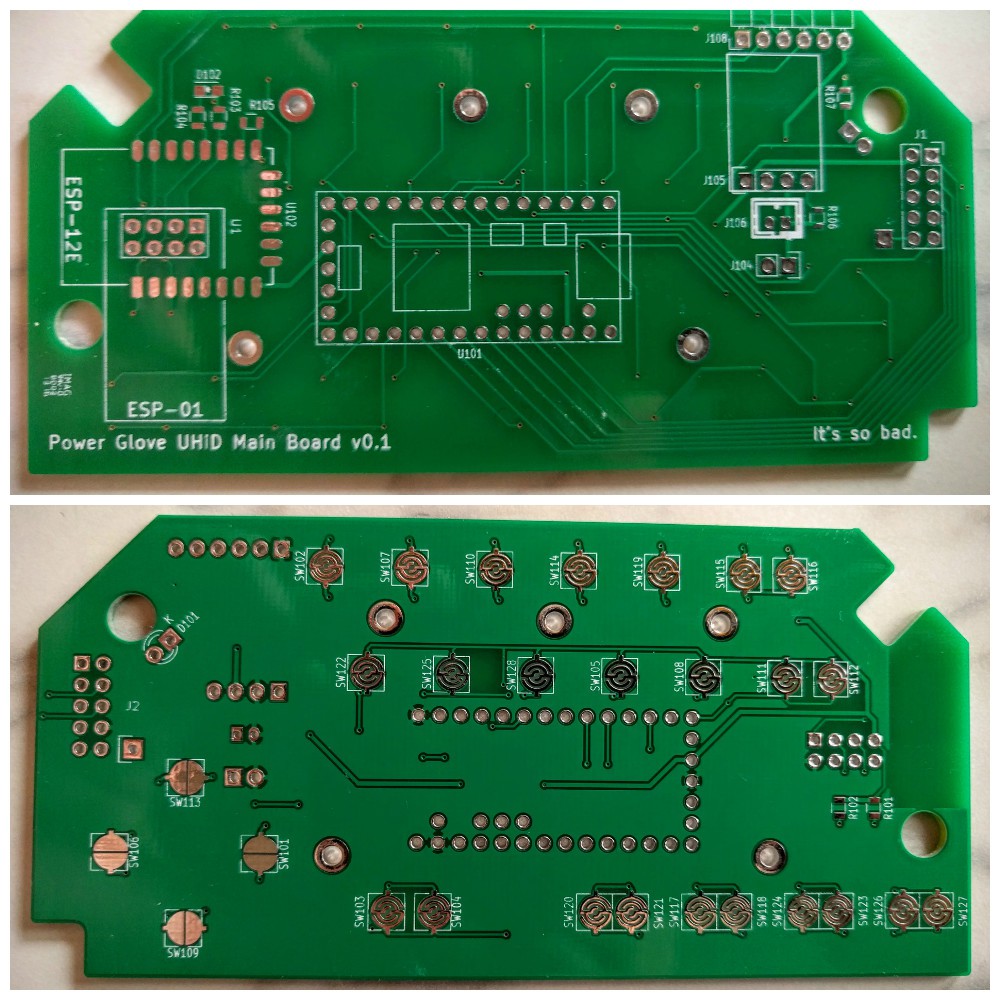
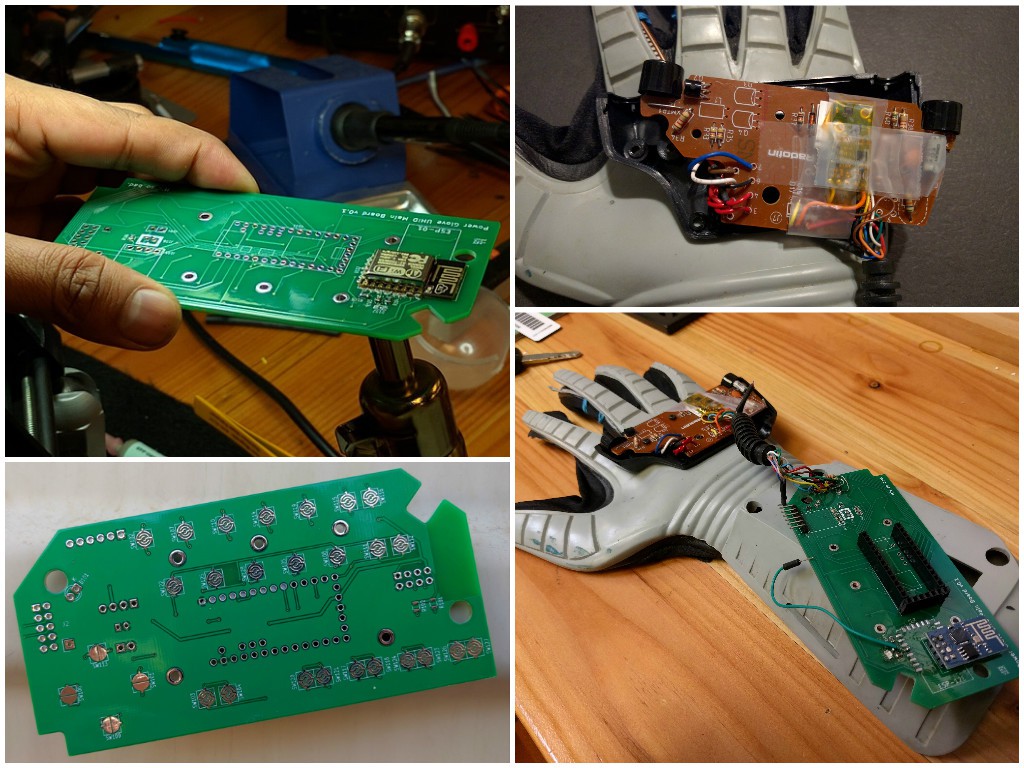
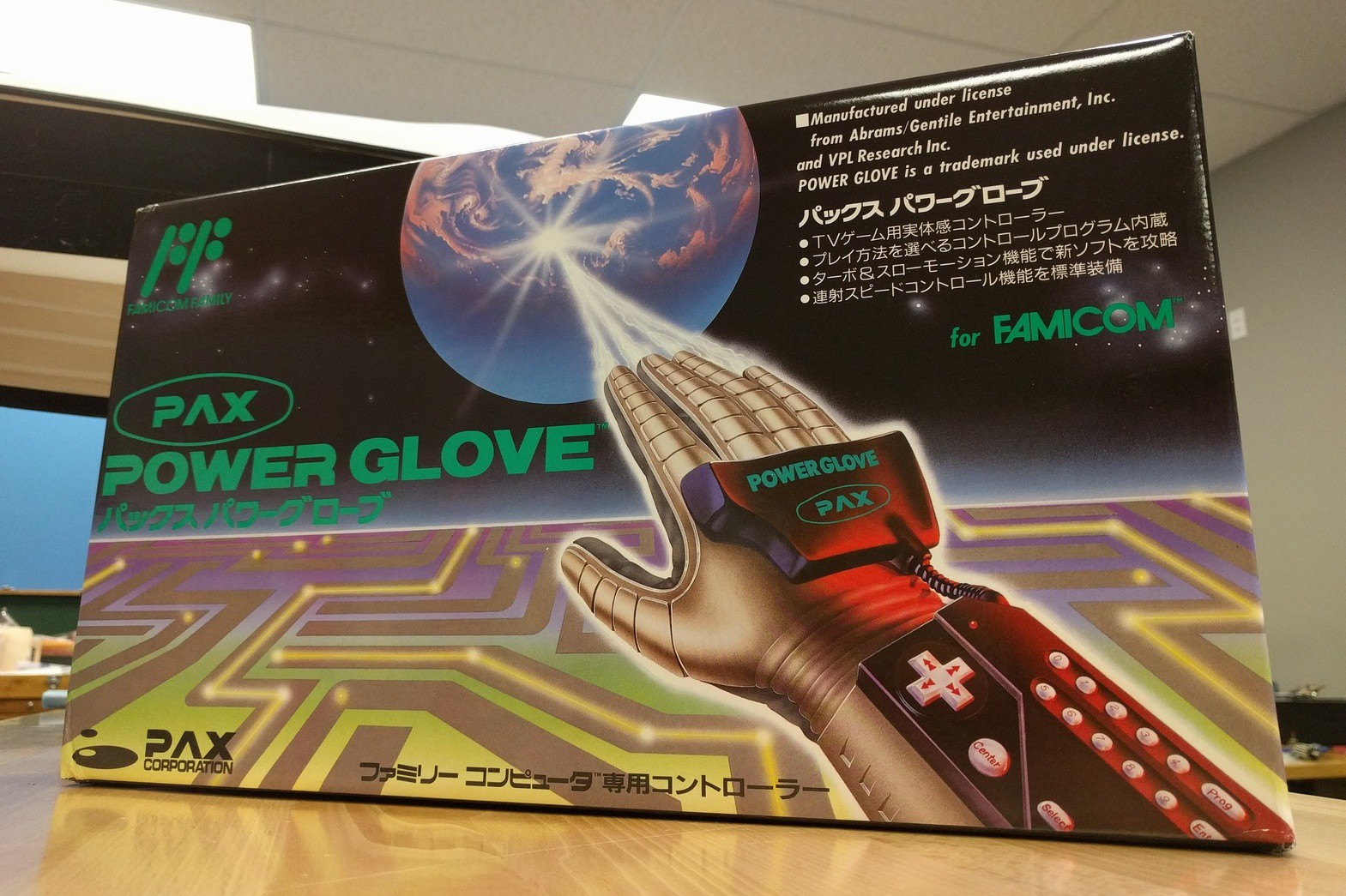

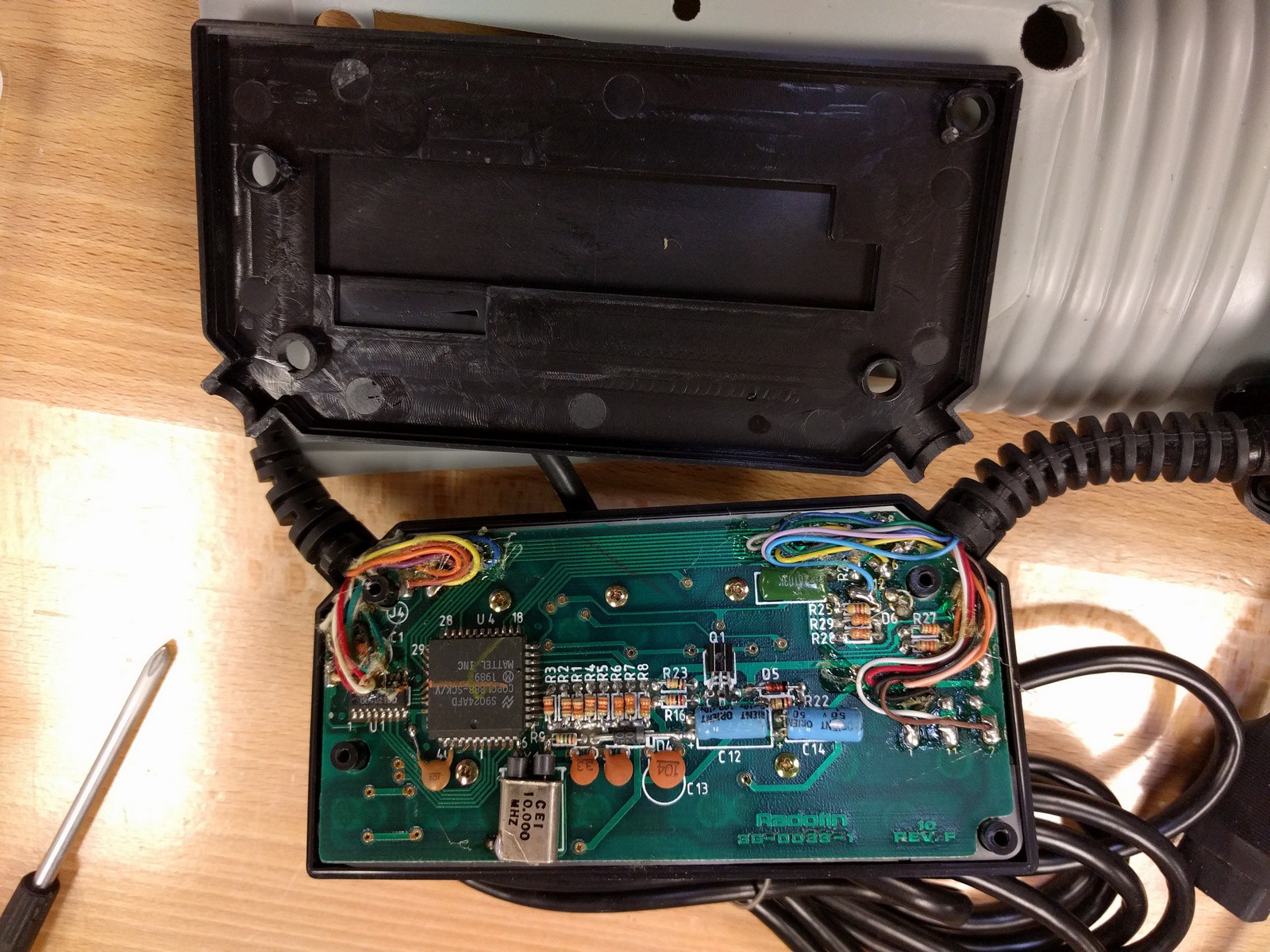
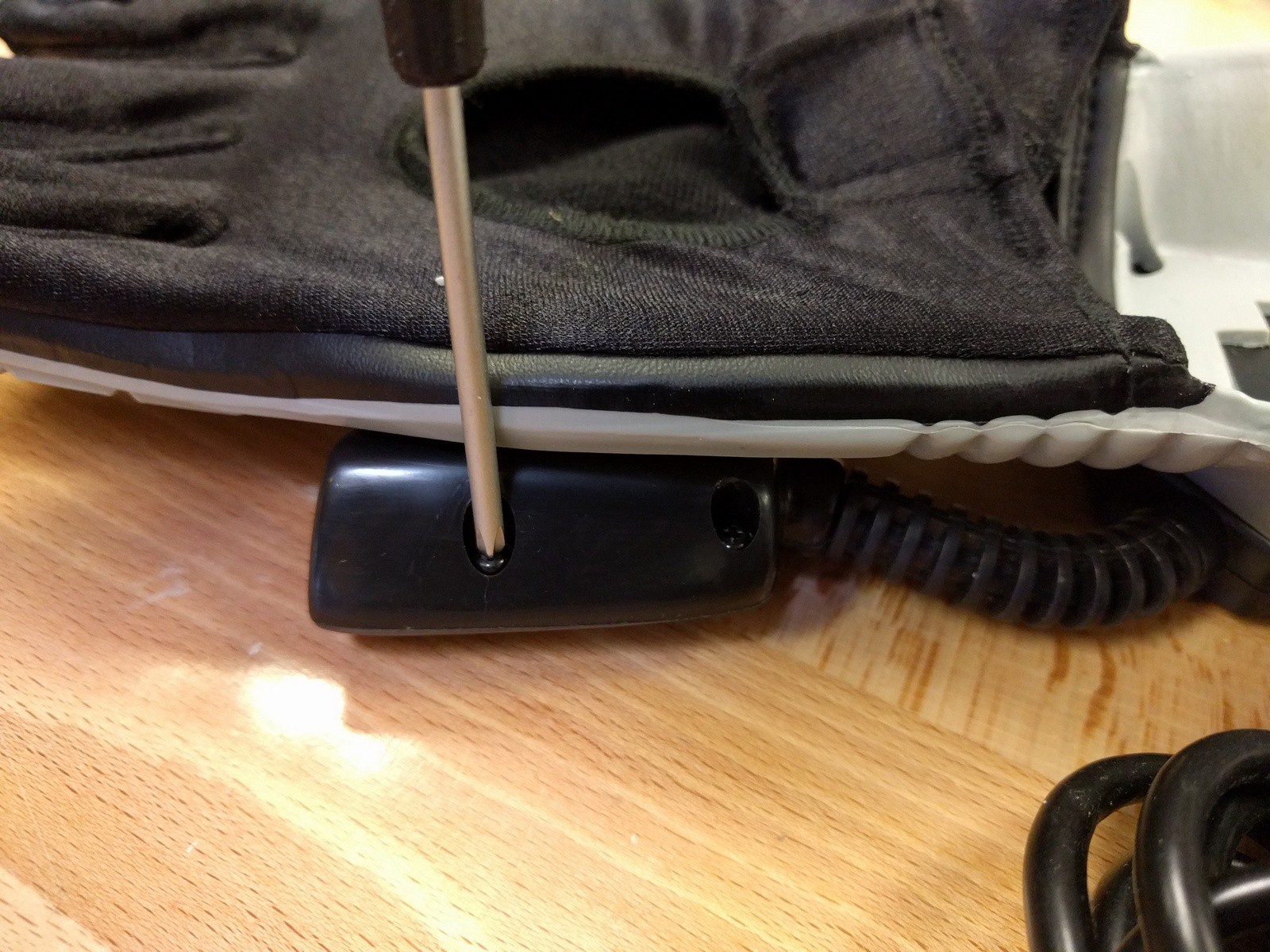
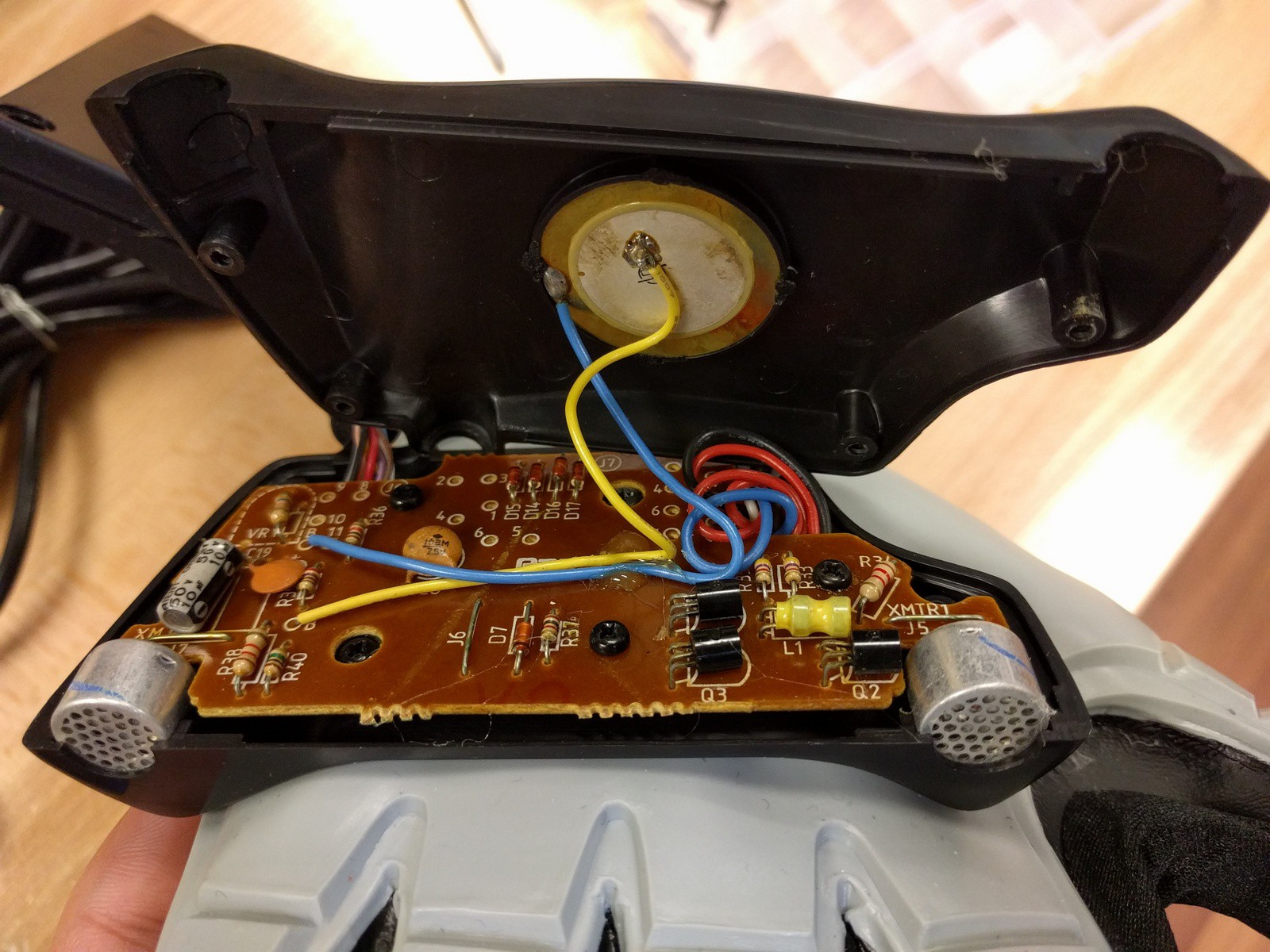

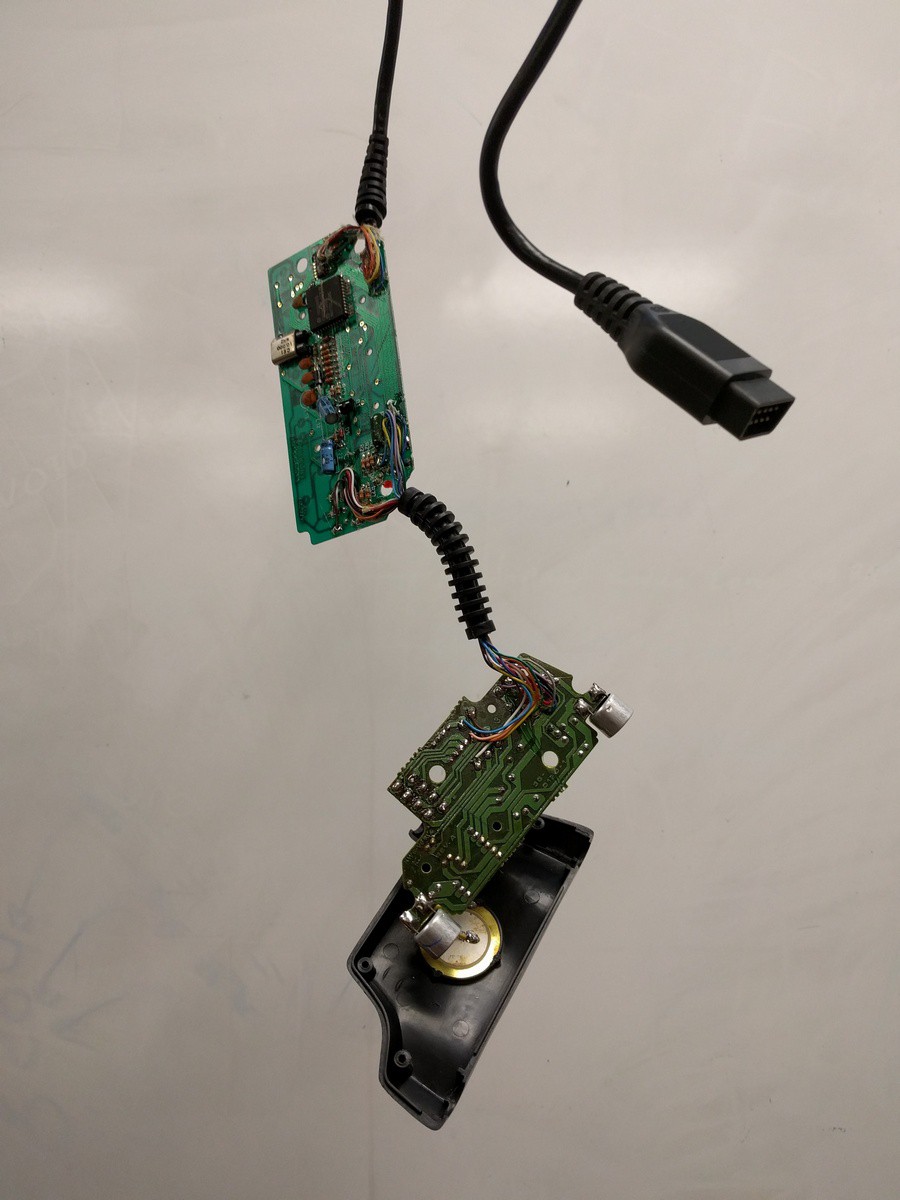
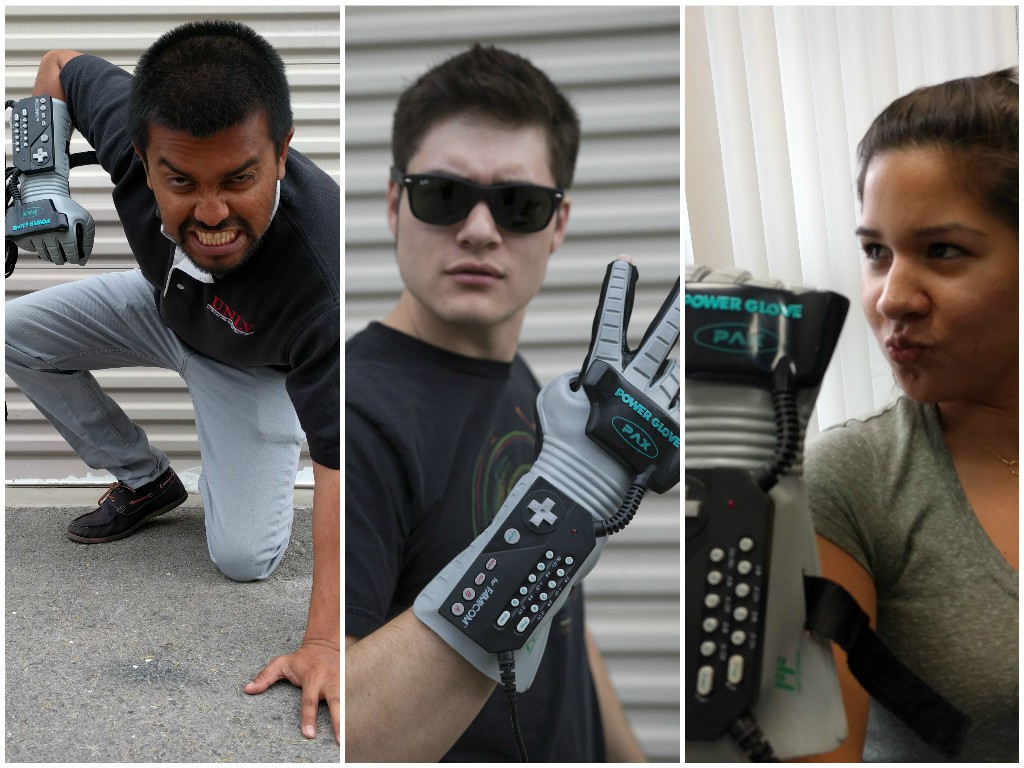
 The unfinished Control Board, version 1
The unfinished Control Board, version 1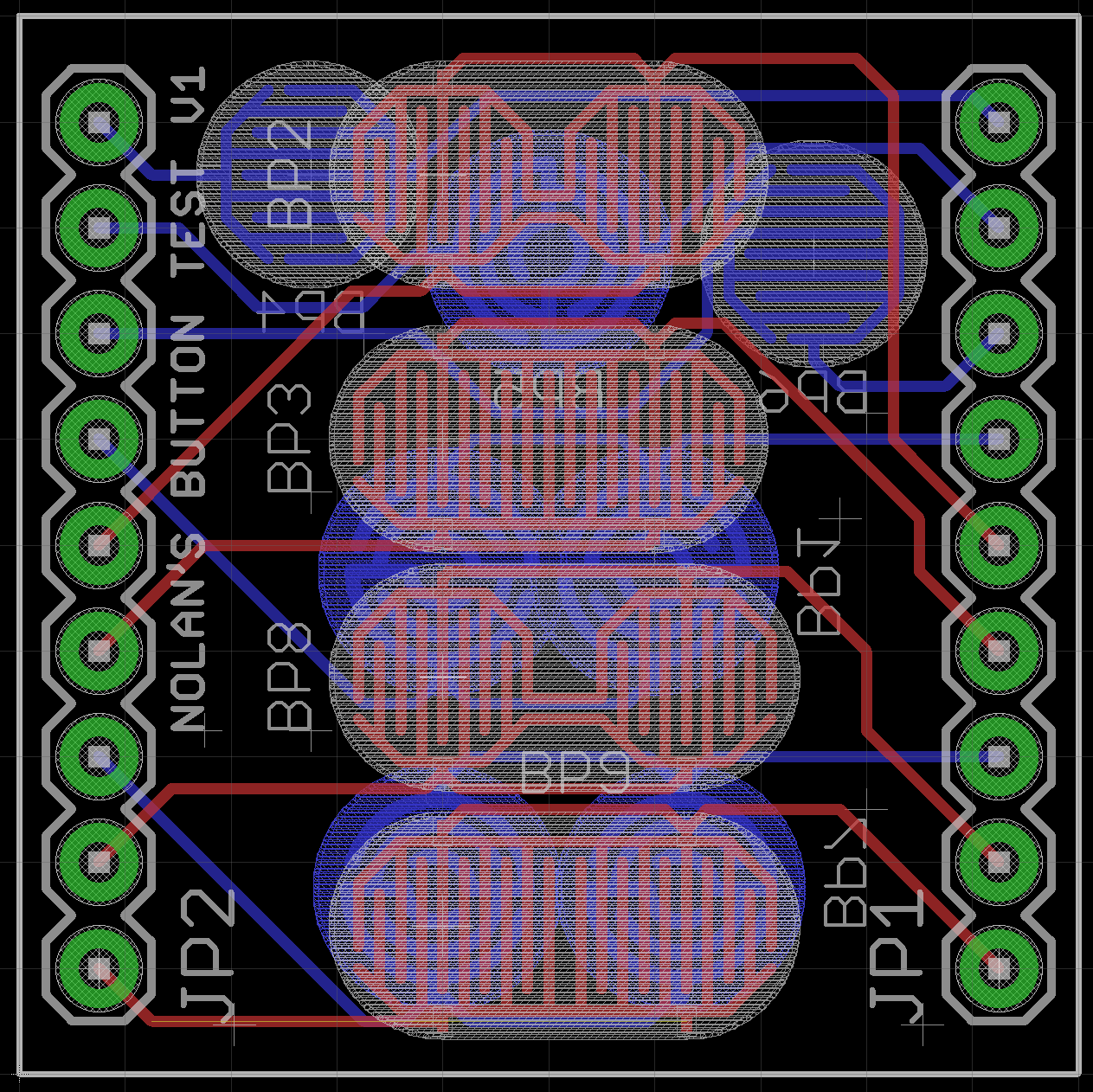

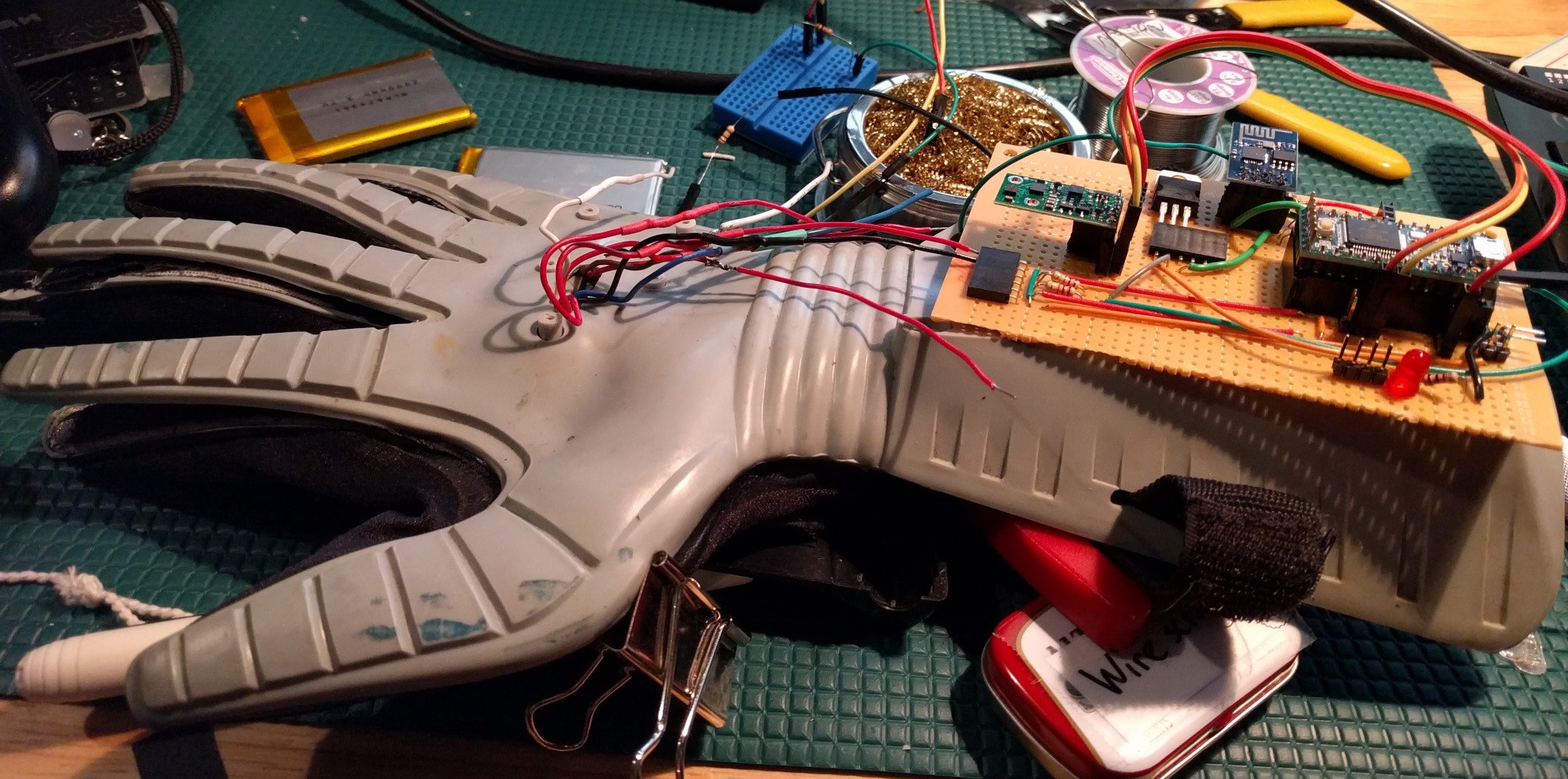

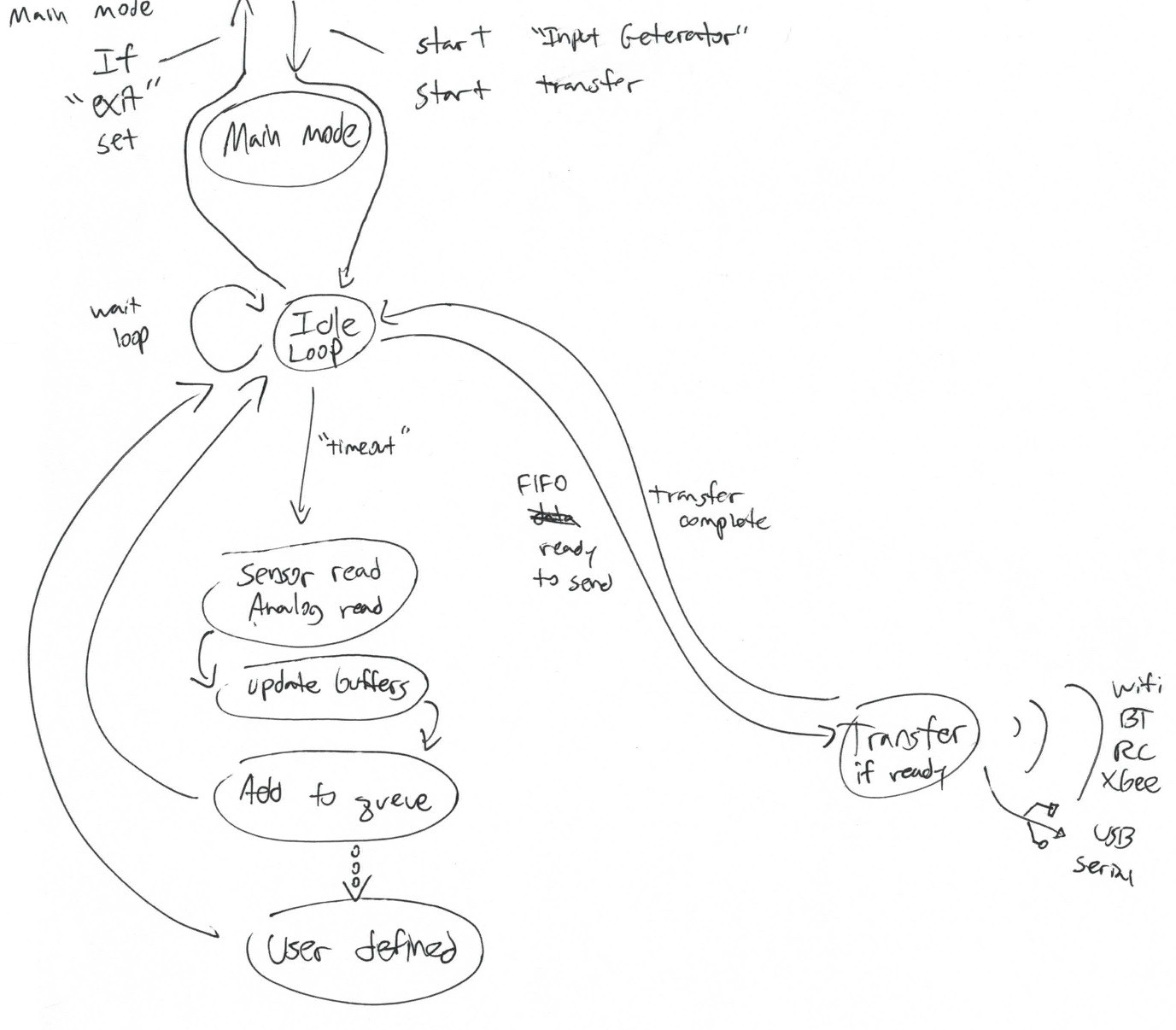
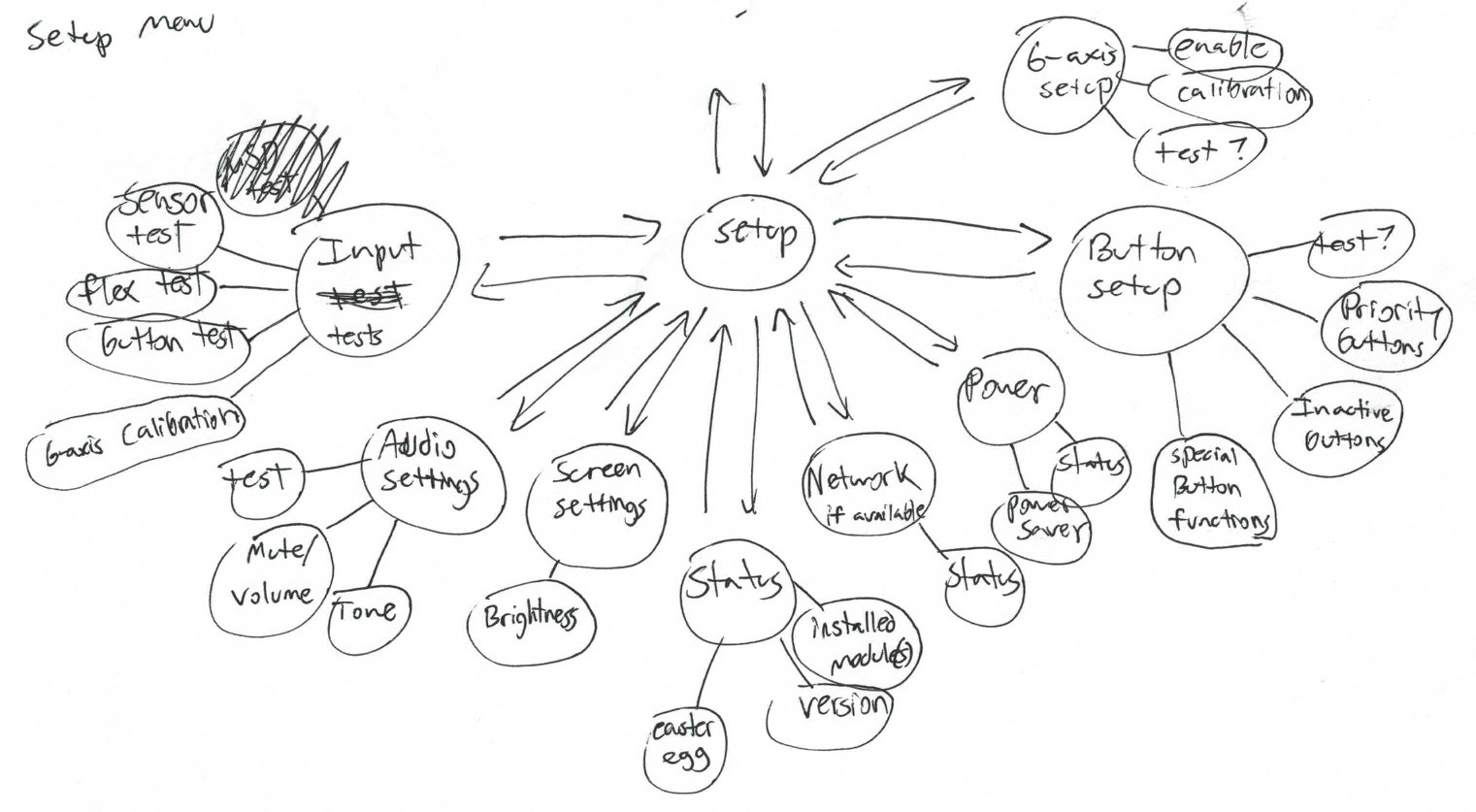
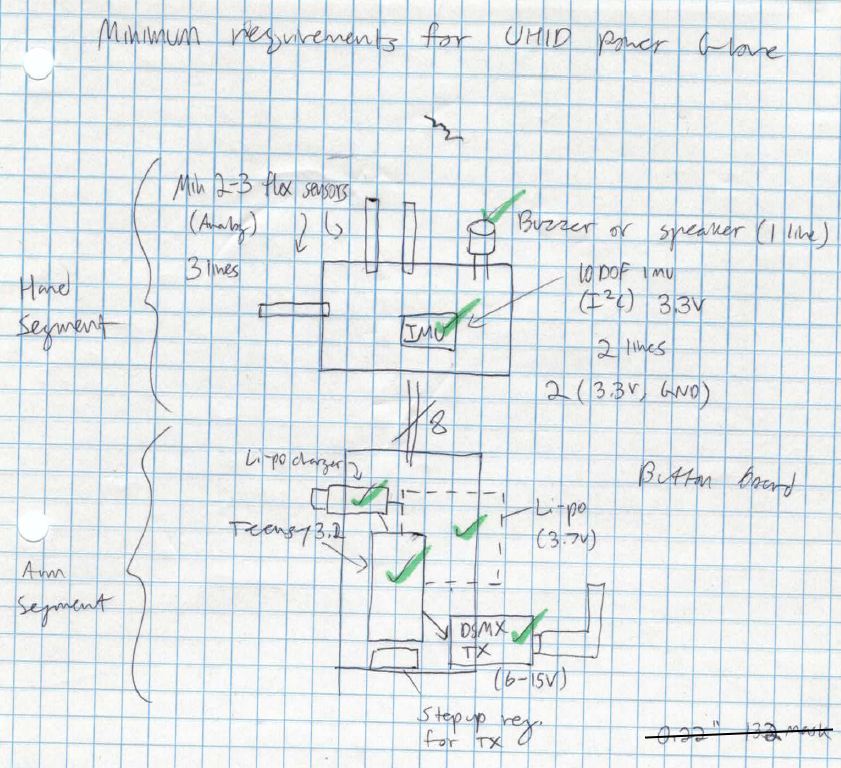



 zacnotes
zacnotes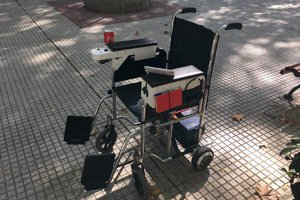
 Alvaro Ferrán Cifuentes
Alvaro Ferrán Cifuentes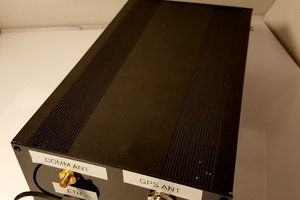
 williamg42
williamg42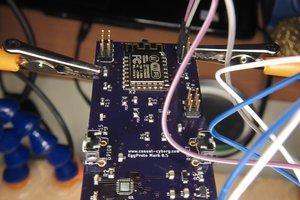
 Casual Cyborg
Casual Cyborg
received my boards today super excited to get started. Love the silk screen on the board. It's so bad.
My plan as well was to get it working with midi keep up the fantastic work and keep us updated
Thanks so much for providing an awesome project